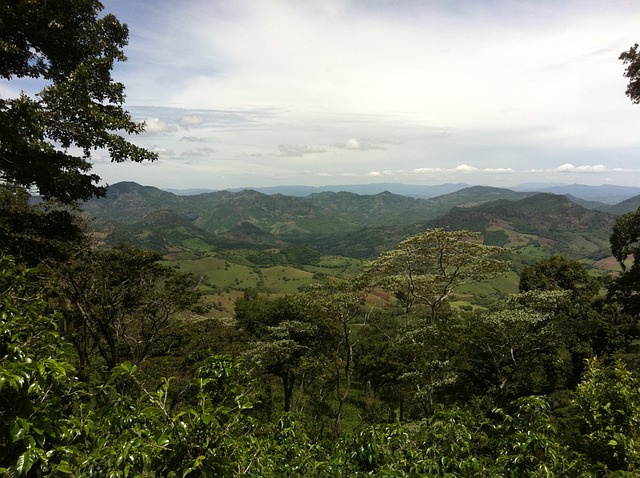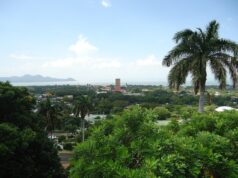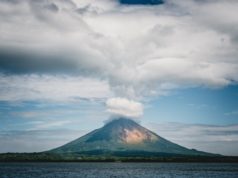
INETER, the Nicaraguan Institute of Territorial Studies has published a 48 page report on how they see the first three months of this year’s rainy season 2023 panning out. (Maps and charts start on P.32)
Forecast Headlines
- Rain Accumulation in the May, June and July period will be normal; however the actual distribution by region will be irregular.
- As usual the rainy season 2023 is expected to be “called” as starting in the third week of May in the different regions of the country.
- INETER expects moderate and isolated rain in the last week of April and first weeks of May, however, they alert growers to this false start and advise waiting for right humidity before planting and sowing.
- The Canicular, the natural break that divides the two halves of the rainy season, will provide moderate to severe behavior between mid-July and mid-August, in the Pacific, North and Central regions of Nicaragua. This could mean drier than normal conditions during that 4 to 6 weeks of the Canicular. However, a lot will depend on how the El Niño behavior evolves.
- International Climate Research Centers predict neutral conditions of the phenomenon El Niño until August 2023. Since the beginning of 2023, the waters in the equatorial Pacific Ocean have shown a gradual weakening of the La Niña conditions and giving way to neutral conditions of an El Niño event.
- The hurricane season in the Atlantic Ocean and Gulf of Mexico is expected to be below normal.
Weather Maps Climate Regions in Nicaragua
The Pacific is divided into three regions. Pacific “Occidental” (West), Pacific Central and Pacific South. The middle of the country has two regions, North and Central and the Caribbean Coast is divided into two regions; North and South.
INETER is the government technical and scientific body responsible for the information pertaining to Cartography, Cadastral, Meteorological, Hydrological, Geological and others. It studies and investigates the physical environment in relation to socioeconomic development and reducing the vulnerability of the population to natural disasters as well as permanently monitoring dangerous natural phenomena.






